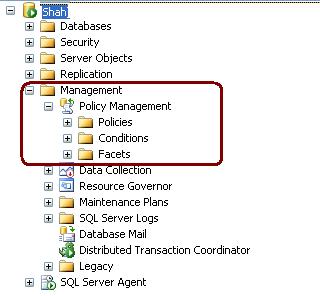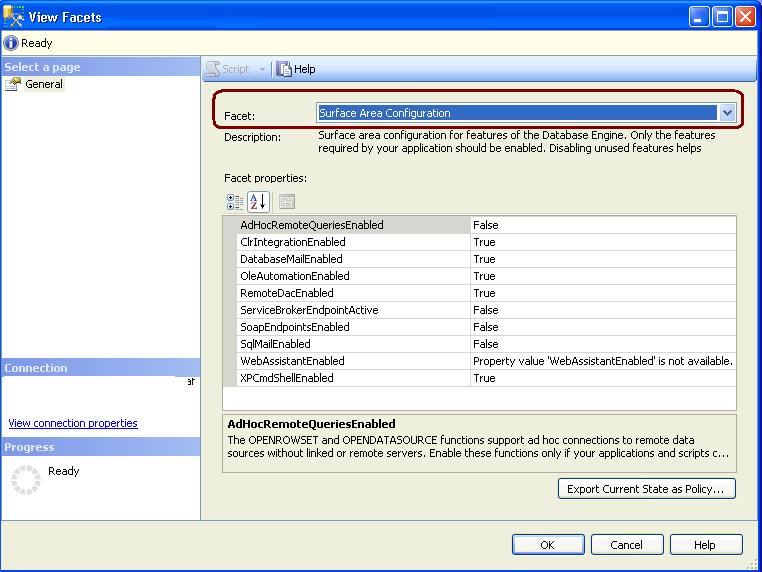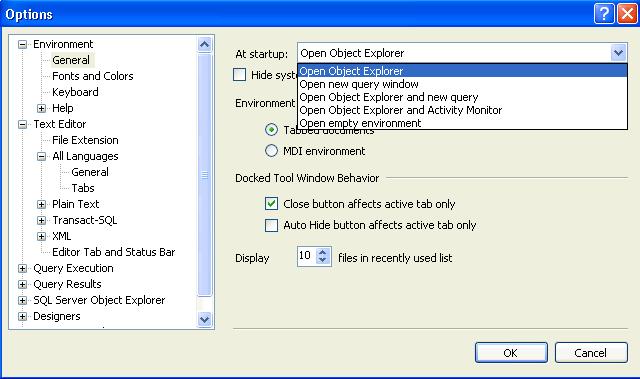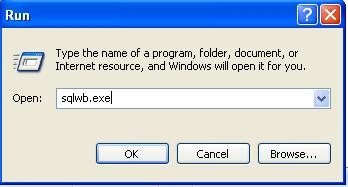To understand PBM we have to understand the below terms.
Target - an entity that is managed by PBM (i.e. database, table, index, etc.)
Facet - a predefined set of properties that can be managed
Condition - a property expression that evaluates to facets on target and returns True or False;
Policy - a condition to be checked and/or enforced
Expand the Management Node to use the PBM.

Expand the facets node to checkout the facets.

To Check out facets properties double click on facets. I have clicked on Login Facets. These facet properties are used to specify a condition









